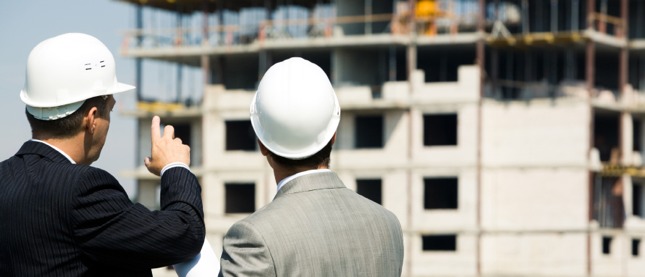The Position and Impression of Property Developers in Shaping City Landscapes
The Position and Impression of Property Developers in Shaping City Landscapes
Blog Article
In the ever-changing world that is real estate, the property owners have crucial roles in the development of communities, landscapes, and economics. They are the driving force behind the design, conception, construction, and marketing of a variety of real estate developments which range from residential estates as well as commercial developments. Their impact extends beyond just construction. they manage regulatory frameworks, economic trends, as well as societal requirements. The importance and influence of property developers helps to understand the intricacies of the real-estate industry and the broader ramifications.
The heart of the work of a property developer is the idea of turning vacant land or underutilized properties into tangible assets. They meticulously analyze market trends, assess the needs of the neighborhood, and envision projects that meet the needs and desires of both. The vision usually involves collaboration with architects, urban planners and local authorities to ensure that their plans are aligned to zoning rules, infrastructure requirements, and environmental concerns. From luxurious condos to mixed-use developments, property developers have the ability to conceptualize and executing projects that cater to a variety of demographics and tastes.
One of the most significant properties developers' contributions can be the reduction of homelessness in the rapidly expanding urban areas. By conceptualizing and executing housing projects, they are addressing the growing need for accommodations that caters to a variety of populations and income ranges. Affordable housing initiatives, in particular, underscore their commitment to social responsibility. Their goal is to increase homeownership to middle and low-income households.
In addition, the environmental consequences of construction projects can't be overlooked. Developers of property are under increasing the pressure to implement sustainable methods which reduce carbon footprints as well as preserve the green areas and promote energy efficiency. Sustainable design elements like green roofs, rainwater harvesting systems, as well as LEED certification have been standard aspects in the modern development. Beyond complying with rules, developers are recognizing sustainability's long-term advantages from environmentally friendly initiatives, including economic savings, increased market competition and a favorable public image. To acquire supplementary details please read more
The viability of a construction project depends not only upon its physical features, but also on its position and brand. Developers of property employ creative marketing strategies to differentiate their offerings and make them more appealing to buyers or tenants. That means creating engaging narratives along with visual identities as well as sales and marketing campaigns that resonate with target audiences. For luxury apartments that are sold to wealthy customers or affluent properties targeted at new homeowners Effective branding is crucial for driving sales and maximizing profits on investment. Moreover, developers leverage digital technologies and social media platforms for reaching a larger audience and engage with prospective clients in an ever-changing market.
In the pursuit of profit, property developers shoulder the responsibility of sustainability and social impact. Design practices that are sustainable such as energy efficiency, green buildings, and green areas are being prioritised to reduce environmental footprints and enhance quality of life. Furthermore, developers play a pivotal role in affordable housing initiatives, addressing societal inequalities and housing shortfalls. In embracing sustainable and inclusive practice of development, they not just reduce risks, but help to ensure the resilience and the vitality of the communities.